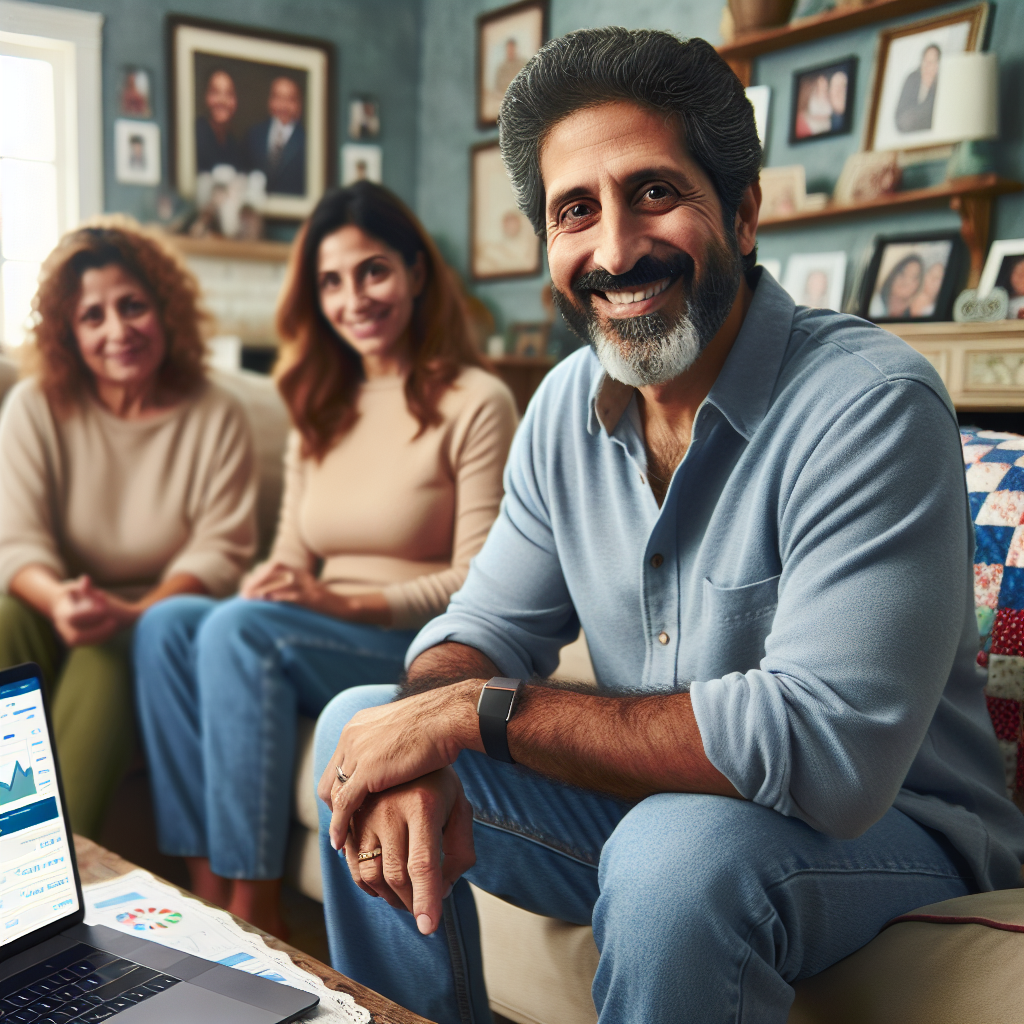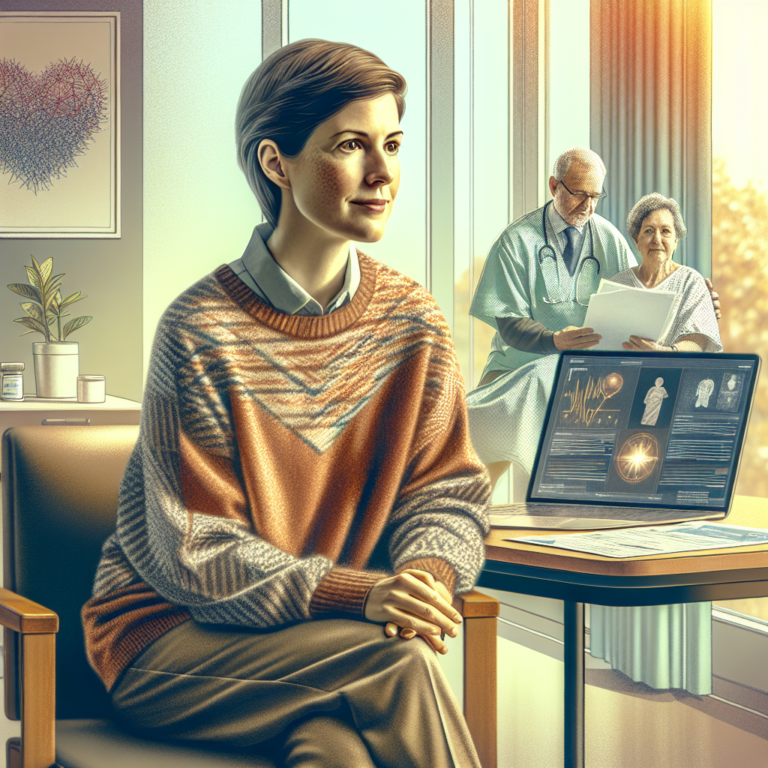Thriving After Pancreatic Cancer: Inspiring Survival Stories and Hope for Others

In 2010, John O’Grady, a vibrant 53-year-old from Chesapeake, Virginia, found himself grappling with an unexpected diagnosis of pancreatic cancer. What started as a dull pain on his right side gradually escalated into a life-altering journey filled with medical challenges, resilience, and a newfound purpose. John’s experience not only highlights the intricacies of cancer treatment but also emphasizes the importance of support networks for patients and their families.
The Early Signs: Pain and Jaundice
John’s health issues began in 2008, when he experienced persistent discomfort that was initially attributed to gallbladder problems by his primary care physician. Despite adhering to a low-fat diet and increasing his exercise regimen, the pain persisted intermittently. After a series of inconclusive tests, everything changed in July 2010. Returning home from a business trip, John faced severe abdominal pain and alarming jaundice, prompting an urgent trip to the emergency room.
- Key Symptoms:
- Severe abdominal pain
- Jaundice (yellowing of the skin)
- Dark urine
Upon arrival at the hospital, medical staff quickly recognized the severity of his condition. Dr. Pramod Malik, a gastroenterologist, conducted an endoscopic examination revealing a growth around the common bile duct. Following the insertion of a stent to relieve bile blockage, John developed pancreatitis, complicating his medical situation further.
Seeking Specialized Care in Baltimore
Given the complexity of his condition, Dr. Malik referred John to Johns Hopkins Hospital in Baltimore, renowned for its expertise in pancreatic issues. Unfortunately, due to his pancreatitis, travel was not an option initially. Therefore, John remained hospitalized locally, receiving nutrition through a PICC line while his pancreas was treated.
- Timeline of Events:
- July 19-25, 2010: Hospital stay for pancreatitis
- Mid-August 2010: Transfer to Johns Hopkins for further evaluation
Once at Johns Hopkins, John was diagnosed with pancreatic cancer. He endured a grueling 38 days without solid food, relying solely on total parenteral nutrition (TPN) before finally being able to enjoy a meal again.
The Whipple Procedure: A Turning Point
On November 3, 2010, John underwent a Whipple procedure, a complex surgical operation designed to remove parts of the pancreas. The surgery, lasting nearly ten hours, required a lengthy recovery in the hospital, but John’s spirits were buoyed by the unwavering support of his wife.
Following his surgery, John began chemotherapy treatments in January 2011, using gemcitabine. This treatment plan involved a rigorous schedule with alternating cycles of chemotherapy and radiation, which he managed while maintaining his work commitments.
Key Treatments:
- Surgery: Whipple procedure
- Chemotherapy: Gemcitabine and later Xeloda
- Radiation: 25 sessions at Johns Hopkins
Finding Hope and Community Support
Throughout his challenging journey, John and his wife felt isolated and uninformed about available resources. In 2012, during a follow-up appointment, he finally discovered PanCAN, an organization dedicated to supporting pancreatic cancer patients. Inspired, John began volunteering, sharing his story, and raising awareness about the disease.
- Volunteer Activities:
- Speaking at awareness events
- Participating in local news segments
- Creating quilts for patients
John’s efforts not only helped others but also connected him to a community of survivors. His advocacy work has allowed him to witness the survival rate for pancreatic cancer increase from 6% to 10%, a testament to advancements in treatment options and clinical trials.
A Lasting Impact
Today, John continues to volunteer and support others navigating similar challenges. By sharing his journey and creating quilts to raise funds for pancreatic cancer awareness, he has transformed his own battle into a beacon of hope for others.
For more insights into John’s inspiring journey, watch his story in the documentary titled “A Bright New Future.”
Through John’s experience, we learn that while the path of cancer is fraught with difficulties, the power of community and perseverance can lead to meaningful change and hope for a better future.






